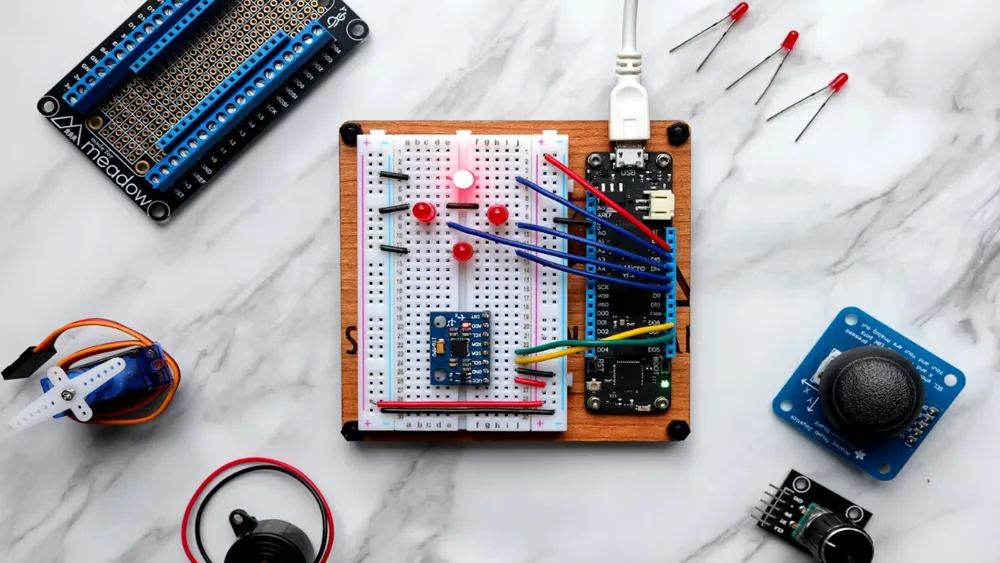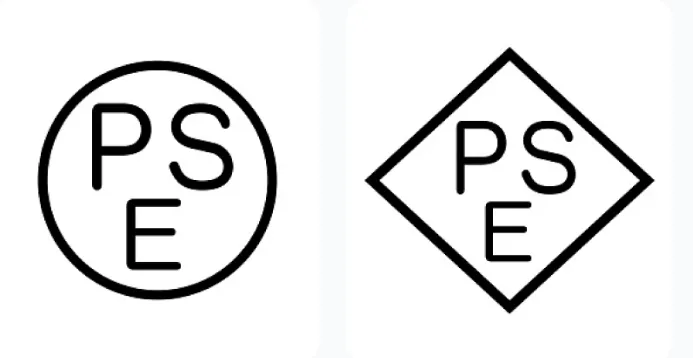
ASTM F963-23 Toy Standard Testing Service
In early 2024, the U.S. Consumer Product Safety Commission (CPSC) published the final rULe of ASTM F963-23 in the Federal Register, approving the revised ASTM F963-23 as the mandatory standard under 16 CFR 1250, effective from April 20, 2024. If you require a testing report for the ASTM F963-23 toy standard, feel free to contact China JJR Laboratory. We are an IEC 17025 and CPSC-authorized laboratory.

The new ASTM F963-23 standard includes revisions regarding sound-producing toys, battery accessibility, expanding materials, projectile toys, phthalates, heavy metals, and traceability labeling. The specific revisions are as follows:
- Heavy Metals in Substrates: Added separate clauses describing exempt materials and exemption situations.
- Phthalates: Revised the phthalates requirements to align with 16 CFR 1307.
- Sound-Producing Toys: Revised the definitions of push/pull toys and tabletop, floor, or crib toys to clarify requirements for various types of sound-producing toys.
- Batteries: Increased the requirements for battery accessibility:
- Abuse tests are now required for toys intended for children aged 8 and older.
- Increased fastening requirements for battery compartments secured with fasteners (e.g., screws).
- After abuse testing, fasteners must remain secured to the battery compartment.
- For toys that come with special tools to open the battery compartment, the instructions must include relevant information.
- Expanding Materials: Revised the scope of expanding materials to include non-small part expanding materials and corrected the tolerance error in the test specifications.
- Projectile Toys: Adjusted the order of the clauses to improve logical flow.
- Labels: Added requirements for traceability labeling.
- Instructions: Added requirements for instructions regarding special tools used to open the toy's battery compartment:
- Consumers should be advised to retain the tool for future use.
- The tool should be kept out of children's REACH.
- The tool is not a toy.
CPC Certification & astm f963 testing Items for Children's Products
1. Physical and Mechanical Performance testing
a. Impact Test:
Simulates safety when scissors are dropped or subjected to impact.
b. Drop Test:
Evaluates the structural integrity of scissors after falling from a certain height.
c. Pull Test for Component Removal:
Ensures that small parts of the scissors cannot be easily detached by children, preventing choking hazards.
d. Compression Test:
Tests the stability of the scissors under pressure.
e. Flexure Test:
Assesses the flexibility and durability of the scissor handles.
Note on Functional Sharp Edges:
- For products intended for children under 48 months, no accessible functional sharp edges are allowed.
- For products intended for children aged 48 to 96 months, if functional sharp points are necessary,
a warning label must be affixed.
2. Flammability Testing
Conducted in accordance with 16 CFR 1500.44 to assess the flammability of scissor materials.
a. Test Method:
Horizontal flammability test.
b. Passing Criteria:
The burning speed along the major axis must be less than 2.5 mm/s after ignition.
c. Test Focus:
Mainly targets plastic parts such as scissor handles.
3. Chemical Performance Testing
Ensures that the materials used in the scissors do not contain harmful chemicals.
a. Migration of 8 Heavy Metals:
Includes lead (Pb), cadmium (Cd), mercury (Hg), chromium (Cr), etc.
b. Total Lead Content Test:
In compliance with cpsia, the lead content in children’s products must be < 100 ppm.
c. Phthalates Content Test:
Each of the 6 restricted phthalates (6P) must be < 1000 ppm.
ASTM F963-23 Certification Process
1. Complete the application form
2. Send product samples
3. Product testing
4. Issuance of test report/certificate
5. Testing lead time: 5 working days
Regulatory Compliance for Export to the United States
Toys and children’s products exported to the U.S. must comply with:
- CPSC (Consumer Product Safety Commission)
- CPSIA (Consumer Product Safety Improvement Act)
- ASTM F963
Manufacturers and importers of children’s products must issue a Children’s Product Certificate (CPC) based on testing results from CPSC-accredited laboratories, proving that their products meet all applicable safety requirements.
For toys currently being manufactured for export to the U.S., testing according to ASTM F963-23 must be conducted by a CPSC-recognized third-party laboratory, and only compliant products can enter the U.S. market. It is recommended that relevant companies stay updated on regulatory changes, plan their products accordingly, and ensure that their toys are produced in compliance with the latest standards.
Email:hello@jjrlab.com
Write your message here and send it to us
 What is Amazon TIC and How Can Sellers Achieve Com
What is Amazon TIC and How Can Sellers Achieve Com
 2026 Battery UN38.3 Certification (Test Report) &a
2026 Battery UN38.3 Certification (Test Report) &a
 What is the IEC 62680 Standard? Compliance Interpr
What is the IEC 62680 Standard? Compliance Interpr
 Amazon Japan December Compliance Requirements
Amazon Japan December Compliance Requirements
 How to Check a CPSC-Accepted Laboratory?
How to Check a CPSC-Accepted Laboratory?
 WEEE Registration for Waste Electrical &Electr
WEEE Registration for Waste Electrical &Electr
 MSDS Chemical Safety Testing
MSDS Chemical Safety Testing
 What Are the Differences Between UK REACH and EU R
What Are the Differences Between UK REACH and EU R
Leave us a message
24-hour online customer service at any time to respond, so that you worry!




